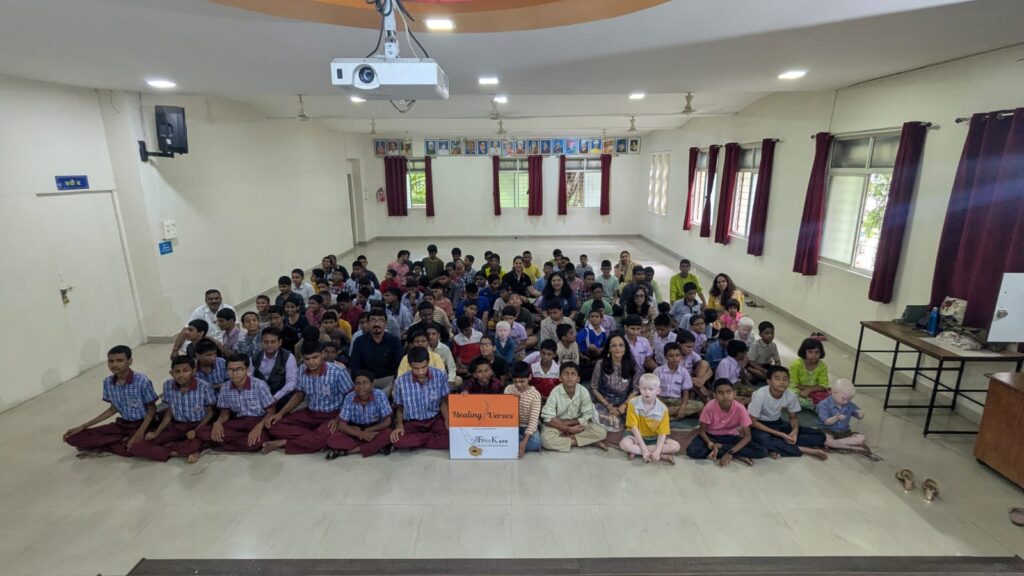India, October 10, 2025: Thousands of companies are racing to build AI agents, but many struggle to make them truly useful in daily workflows. The key lies in context, and the richest context comes from conversations. Yet, conversational data—an organization’s most valuable knowledge—has long remained trapped in unstructured chats and messages. Slack, the work operating system for the agentic enterprise, is unlocking that potential.
Today, Slack announces the next evolution of its platform, empowering partners and developers to securely connect AI with the rich corpus of customer-owned conversational data. With new tools like the Real-Time Search (RTS) API, Model Context Protocol (MCP) server, and enhanced developer resources including prebuilt Block Kit Tables, Slack enables developers to build secure, flexible, and context-aware AI agents. These agents move beyond generic responses to deliver personalized, high-accuracy assistance—unlocking new levels of productivity and collaboration.
Leading innovators including Anthropic, Google, Perplexity, Writer, Dropbox, Notion, Cognition Labs, Vercel, and Cursor are already building on Slack to deliver intelligent, agent-based experiences that live natively within the platform—bringing AI directly into the flow of work.
Slack: The Natural Home for Modern AI Apps and Agents
Enterprises today face fragmentation—with over 200,000 SaaS tools and an average of 1,000 apps per organization, employees lose productivity through endless switching and duplication. By embedding AI-powered applications directly in Slack, developers help companies unify workflows and turn Slack into the 2% of IT budget that maximizes returns on the other 98%.
Key benefits include:
-
Unlocking Unstructured Data: Securely tap into Slack’s collective knowledge to enrich AI, saving teams an average of 97 minutes per week.
-
Accelerating Decisions: By combining app data (like Salesforce or Workday) with Slack conversations, companies achieve 37% faster decisions and 36% quicker customer responses.
-
Boosting Productivity: Seamless integration eliminates context switching, enabling AI to amplify team efficiency and output.
-
Driving Adoption: With 1.7 million apps used weekly in Slack, developers overcome the adoption barrier—95% of users say Slack-integrated tools make their apps more valuable.
-
Ensuring Security: Slack’s enterprise-grade compliance and granular permissions keep data safe while powering intelligent collaboration.
Salesforce Executive Perspective
“India is home to one of the world’s most vibrant developer ecosystems. With these new Slack capabilities, partners can securely build deeply context-aware AI agents that make work more intelligent, collaborative, and productive. We’re excited to see how our ecosystem leverages these innovations to accelerate business outcomes.”Rahul Sharma, Vice President – Sales, Salesforce India
A Deeper Look: Powering Trusted, Context-Aware AI
Slack’s platform redefines how users and AI interact, positioning agents as trusted companions.
-
RTS API: Offers real-time, permission-based access to conversational data—unlocking collective intelligence securely, without data replication.
-
MCP Server: Simplifies and standardizes how AI models and agents connect to Slack data, enabling contextual, permission-aware interactions.
Together, these technologies enable developers to build smarter, more reliable AI agents that can securely search, analyze, and act on Slack data—reducing hallucinations and improving trust.
New Developer Innovations
-
Slack Work Objects: Create dynamic, rich app previews within conversations, allowing users to take actions (e.g., mark tasks complete) without leaving Slack.
-
Agentic Developer Tools: Updated CLI for Bolt apps, AI best practices, and prebuilt UI components simplify the build process.
-
Slack Marketplace: Central hub for secure, discoverable apps and agents—uniting human-AI collaboration within a trusted ecosystem.
With these advancements, Slack cements its position as the foundation for the agentic enterprise where human collaboration meets intelligent automation to transform how the world works.








